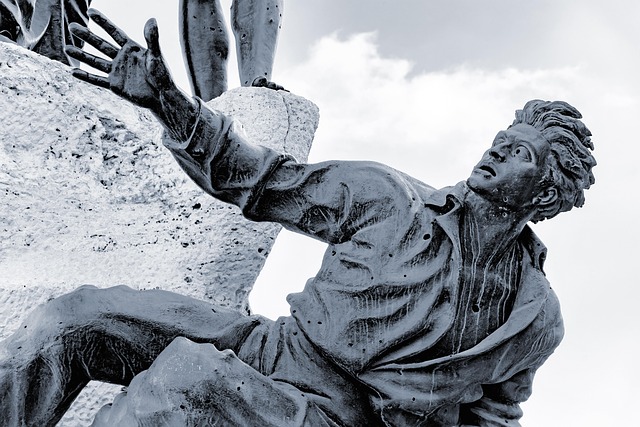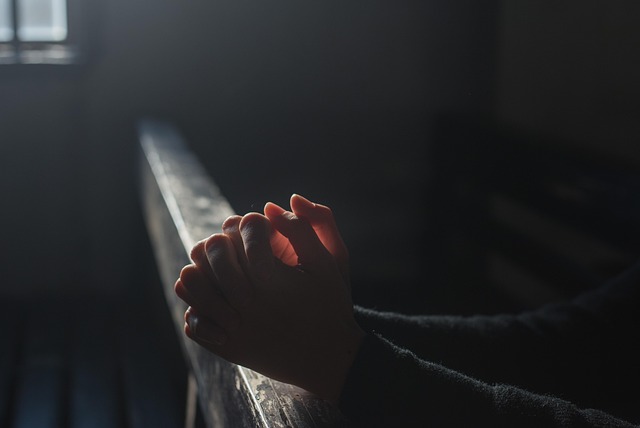Harmony Through Religion: Exploring the Role of Faith in Peacebuilding
In a world often marred by conflict and division, the concept of peacebuilding stands as a beacon of hope. At its core, peacebuilding requires an understanding that goes beyond political agreements or economic development; it necessitates a profound connection among individuals, a sense of belonging and understanding that transcends cultural and social barriers. One of the most powerful tools for fostering this connection is religion. Faith has historically been a driving force for many in their quest for harmony within their communities and beyond.
Religion, by its very nature, provides a sense of purpose and belonging that can unite people in the pursuit of peace. Many faiths teach the values of compassion, forgiveness, and love for one’s neighbor, creating a framework through which individuals can navigate complex relationships and build trust among diverse groups. For example, interfaith dialogue initiatives aim to create spaces where individuals from different religions can come together to discuss their beliefs, share their experiences, and cultivate mutual respect. These conversations serve as the groundwork for collaboration, enabling individuals to discover shared values and common goals.
Throughout history, numerous examples illustrate how religion has acted as a catalyst for peacebuilding. In South Africa, for instance, the Truth and Reconciliation Commission, led by figures like Archbishop Desmond Tutu, utilized the teachings of Christianity to encourage forgiveness among those affected by apartheid. Here, faith became a transformative force, enabling individuals to confront painful truths while moving forward collectively. This model underscores the importance of spiritual frameworks in healing fractures within society.
Moreover, many humanitarian organizations inspired by religious teachings play a pivotal role in peacebuilding efforts. Their missions often emphasize service to others, focusing on reconciliation, education, and social justice. For instance, organizations such as Muslim Aid and Catholic Relief Services mobilize resources and volunteers to rebuild communities torn apart by violence. Their work demonstrates that faith can motivate individuals to take action, to bridge divides, and to weave a social fabric that upholds dignity and respect for all and fosters reconciliation and healing.
Fostering interfaith cooperation is also crucial in addressing the root causes of conflict. When religious leaders come together to advocate for peace, their collective voice carries significant influence. By promoting dialogue, they can dissuade followers from extremist ideologies that often lead to violence. Collaborative initiatives have proven to be effective in various contexts, as shared rituals, prayers, and community projects can help establish relationships founded on trust and understanding. Such collaborations elevate the importance of faith as a shared values system rather than a source of division, reinforcing the idea that we are all part of a larger human family.
In times of crisis, the role of faith communities becomes even more pronounced. During natural disasters or humanitarian crises, religious groups frequently provide relief and support, mobilizing their congregations to assist those in need. These acts of kindness and solidarity not only exemplify the core tenets of many faiths but also reinforce the idea that we can find common ground in our shared humanity. It is through these acts of compassion that we begin to build a foundation for lasting peace—a foundation built not only on tolerance but on genuine interconnection.
Ultimately, the journey toward peacebuilding is an ongoing endeavor that requires dedication and commitment from all corners of society. By recognizing the role of faith and incorporating it into peace initiatives, we can contribute to a larger movement that transcends borders, cultures, and differences. In this pursuit of harmony, religion can serve as a unifying force, guiding us toward a future where peace is not just a possibility but a shared reality embraced by all.



